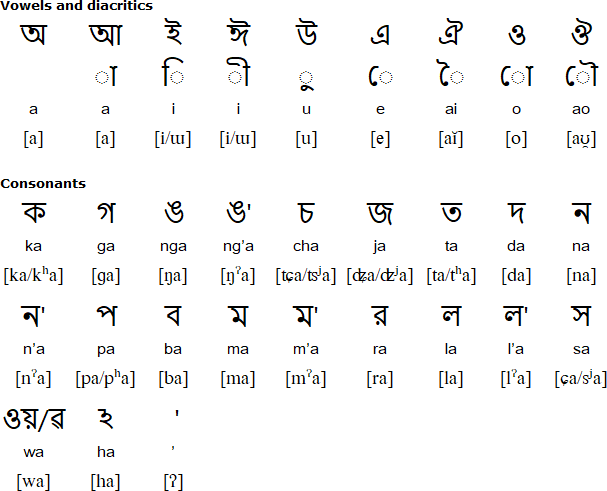

I try to imagine myself as a 3 year old, listening to the sounds and repeating them until they work. Once we get around the inherent differences in the logic of the language, it is really just a matter of getting used to the words, sounds and structures.

So this wasn't new to us, which was a relief. If that seems confounding, welcome to the club! Luckily for us, we studied a bit of Sanskrit a couple years ago, and Sanskrit follows the same basic rules. This is true of all the letters, so the alphabet is made up of 'ka' 'ga' 'na' 'ma' 'ba', etc. For example, each consonant contains a vowel within it! So the letter 'n' is not just a consonant, but also contains a sound after, making it 'na'. To an English speaker, there are some elements of Bangla that are quite confusing. This is surprisingly calming and refreshing, especially after studying complex academic arguments in our other courses. Needless to say, the letters are quite different from the alphabet used in English, so we have to regress to the level of schoolchildren, drawing shapes over and over again on notepaper until we get it right.

Which means that the first step is figuring out the sounds of each letter as well as the shape. The Bengali language, Bangla বাংলা, has its own alphabet. So we have embarked into proper study of the language, both reading and speaking. Every time we are in India, we pick up a little bit-we know how to say "how are you?", "go straight", "egg" and "french toast"!-but of course we wish we knew more. We chose this because it is the language spoken in Kolkata, where Ghosh's College is located. It is intense so far, with nearly every waking hour spent in reading, study or practice of some sort. A great relief from the constant reading is our study of the Bengali language. We are here in London, immersed in the study of Traditions of Yoga and Meditation.


 0 kommentar(er)
0 kommentar(er)
